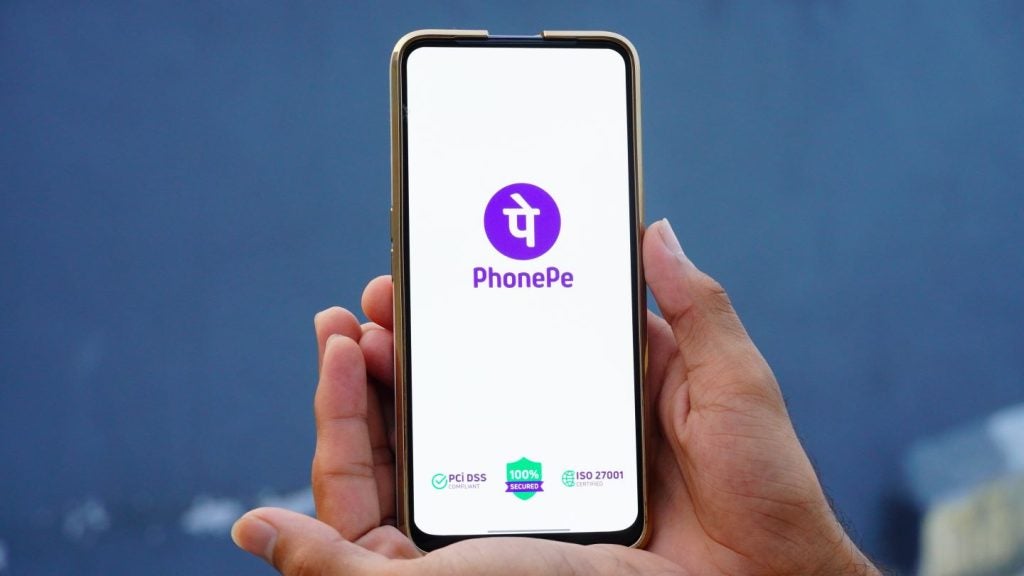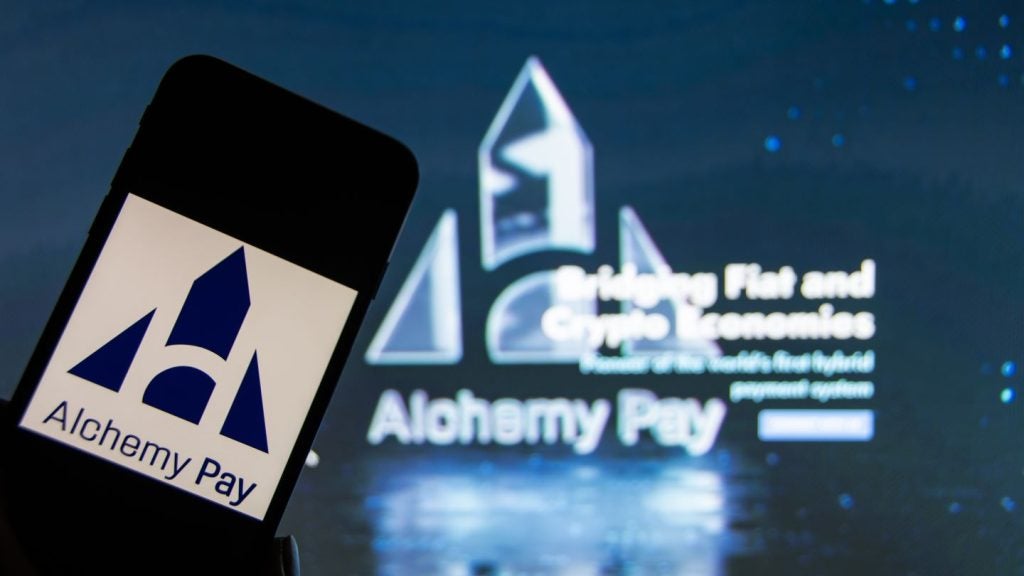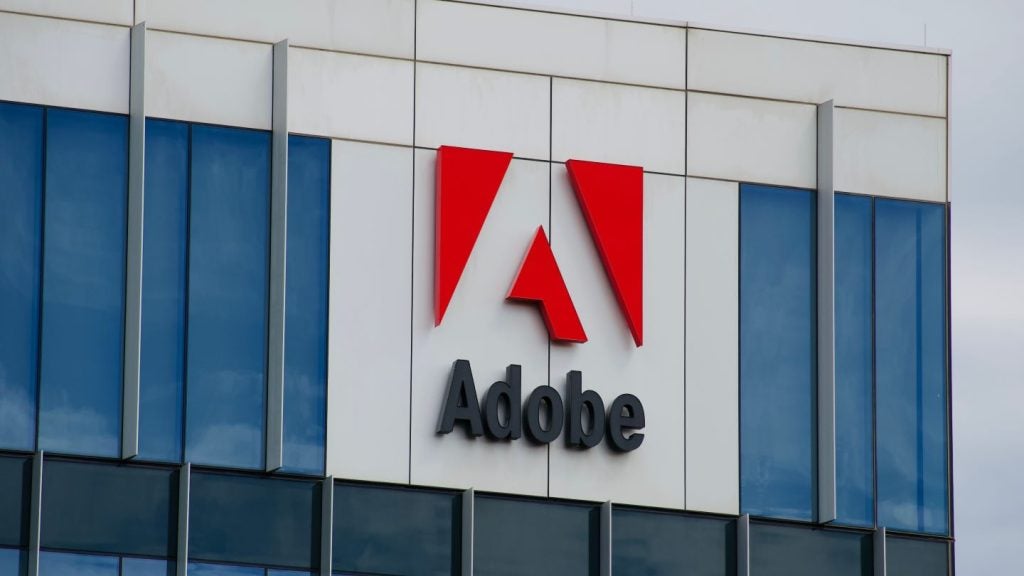With Google and Apple both
launching micropayments solutions, and Paypal becoming an important
player in financial services, processing low-value payments online
is a major growth area. Louise Naughton looks at a new report that
analyses micropayment payment processing and asks if a “silver
bullet solution” really exists.
Google has announced the launch of
its One Pass service. Aimed at publishers, One Pass promises to
enable companies providing digital content to charge users on a
pay-per-view basis.
Until now, subscription-based
business models represented the ideal case for digital content
providers as they generate regular and reliable revenue streams.
Yet there is a flaw in their design as the model does not lend
itself to one-use customers who do not want to commit to an
on-going relationship.
Consultancy firm Value Partners has
acknowledged this trend and has released a report, Capturing
the Micropayments Opportunity, which analyses the status of
the market and examines whether the expectation placed on the
industry is a realistic one.
Value Partners estimates the
European micropayments market is currently worth €6 billion ($8.2
billion) and is set to grow to over €15 billion by 2015.
15% annual growth
rate
“This [prediction] corresponds to a
15 percent annual growth rate over the next four years; a rate that
is unique to micropayments and unparalleled in most other channels
or payment types,” says the report.
The prediction doesn’t stop there
however. Value Partners claims there is scope to double the value
it has placed on the micropayments market, taking the estimate to
€30 billion, but only if it is working at its full potential. For
this to occur, all suitable technologies, including Video on Demand
(VoD) enabled set-up boxes, fast broadband connections and smart
phone mobile devices, should become ubiquitous across Europe.
Micropayments are universally known
as low-value transactions but its definition can vary widely
between different organisations. Alternative payment method PayPal
defines the term as “transactions of less than $12”, consultancy
firm InnoPay claims a “micropayment is a payment of very low value,
often under a Euro” and advisory firm Cartio.com says it is where
“small sums are transferred from one person to an organisation
quickly and without fuss”.
For the purposes of the report,
Value Partners has defined a micropayment as “an online or mobile,
real-time or deferred, financial transaction below €5, which
initiates the instantaneous delivery of digital goods.”
In an effort to explain the lack of
development among the industry, the report claims “online, cost and
technology constraints have so far hampered the development of
economical and convenient solutions to sub-€5 transactions.”
While there are a number of payment
services that are currently in use for processing micropayments,
to-date no emerging micropayment service has been able to deliver a
complete set of characteristics – customer reach, fast transaction
speeds, economic individual transaction costs and a simple payment
user interface – which are needed to fully address each stage of
the micropayments experience.
The report suggests the clients of
a micropayments service are collectively crying out for a universal
micropayments solution, which would introduce a level of
consistency and control over the market.
The micropayments business model is
one area that gives the most people in the payments industry the
biggest headache. Typically most solutions rely on being processed
through a payment card network but the report identifies other
emerging business models that have the tools to supersede this
traditional approach.
These include eWallets;
aggregators; virtual payments interfaces; online payment transfers
and P2P internet payment services; and telecoms and ISP billing
systems.
Value Partners warns those eWallet
providers interested in developing a micropayments opportunity to
be conscious of the payment provider’s role in the user’s payment
experience and the ownership of the client’s financial
arrangement.
“While the offering might be
convenient and well-designed, the merchant must surrender the
financial relationship to the third party eWallet as well as access
to the most granular customer data,” said the report.
Players in the aggregating, virtual
payment interfaces, online payment transfers and P2P internet
payment service provider market often have a similar business model
to that of eWallets. The payment is initiated by an account and
password authentication, and the transaction funded in real-time by
a card or ACH transaction.
As the funds are not pre-loaded,
compared to eWallets, the cost of the transaction can be higher
than that of a payment card or ACH transaction as an additional
cost layer is added.
‘Sunk costs’
Again, the report says the pitfalls
of such a solution are that digital content providers lose
ownership of the customer as well as a lack of control over
deposited funds. Aggregators are also closed-loop, which forces a
customer to maintain multiple log-in details with multiple
merchants.
Telecom companies and internet
service providers (ISP) have begun to offer merchants third-party
billing services, which the report claims “exploits the telco’s
pre-existing financial relationships and billing infrastructure” In
light of developments such as the opportunity to differentiate and
exploitation of ‘sunk costs’ – whereby proprietary billing systems
can perform billing for the operators core activity, Value Partners
has seen increasing investments being made by telecoms and ISPs
operators.
While there are benefits to this
platform, the report outlines that “inherent limitations” exist in
the offering made by telcos and ISPs reselling their billing
capabilities as they must accept its reachable customer base is
restricted to that of their own customer base.
Financial management solutions
provider eWise may have an answer to the micropayments conundrum in
‘payo’ – an online banking solution, launched recently with the aim
of wiping out card-not-present fraud.
eWise payo allows a consumer to
bypass a typical merchant checkout page and eliminates the need to
input card data. Once instructed to do so, the merchant will
redirect the customer to their personal online banking log-in page
where the customer will then authorise the payment.
The payment method uses VocaLink’s
Faster Payments network, a technology that has been gathering
momentum since its inception in 2008, which claims to allow
payments to be processed in a maximum of 15 seconds.
The greatest hurdle in the
micropayments area is ultimately cost and as such the success of
payo hinges on it being a cost-effective solution for those digital
content providers that have their margins squeezed by lost
advertising revenues.
“Due to the inherent processing
costs of the card scheme solutions it has so far proved
commercially challenging to have an online authorisation for a
payment under £1 [$1.6],” says John France, managing director for
the European payments division for eWise.
“The predominantly batch nature of
processing an ACH payment is traditionally far less, however here
the challenge here is making ACH payments available to the online
community. With eWise payo we have been able to link the low cost
infrastructure of Faster Payments to online authorisation
capabilities of the banks’ online systems.
“To this end, with eWise payo we
are now able to make it commercially viable to extend the lower
limit of payment acceptance without the need for pre-funding of
accounts or disintermediation of the banks by third parties. It is
therefore far less of a commercial issue and more of a question as
to whether a consumer would want to perform an online authorisation
for such a small amount.”
According to the report, TV
Video-on-demand (TV VoD) will be the greatest growth area for
micropayments as it acts as a complement to existing TV
subscriptions and as a service allowing those consumers who choose
not to take part in pay-TV services, access on-demand shows and
films.
PC VoD is expected to remain a
relatively small part of the total micropayments opportunity as it
is likely to be supplanted by TV VoD as it becomes easier and more
convenient for consumers.
The increasingly widespread
penetration of smartphones, as well as new app-based devices such
as tablets, is forecast to drive the number of app users and more
importantly, more apps per device will increase the average revenue
per user.
Visa Inc has declared its
intentions for its involvement in micropayments, acquiring payment
service provider PlaySpan.
PlaySpan’s
‘Monetisation-as-a-Service’ payment platform handles transactions
for digital goods in online games, digital media and social
networks. The deal is reportedly worth €190 million, but that is a
small figure compared to the overall size of the market.
Francesco Burelli, principal at
Value Partners, says virtual goods are “an emerging and rapidly
growing industry” and estimates its total value to exceed $2.4
billion in the US, $6.4 billion in Asia and over $1.8 billion in
Europe.
“There are very few industries that
can compete with digital goods and the distribution of digital
content in terms of potential growth and overall value,” he
says.
The report concludes there is
currently no single answer to the desire for a universal
micropayments solution and the aspiration for a ‘silver bullet’
solution is unrealistic.
The demands placed on micropayments, both from the consumers and
industry is one that sits in the early stages of development. Value
Partners expects considerable activity in the space over the next
five years and believes this will lead to short-term fragmentation
of micropayment offerings that will be tempered in the long-term by
their economic viability and user preference.
Click on the graphic below for a full-page PDF,
illustrating the micropayments enablers:








